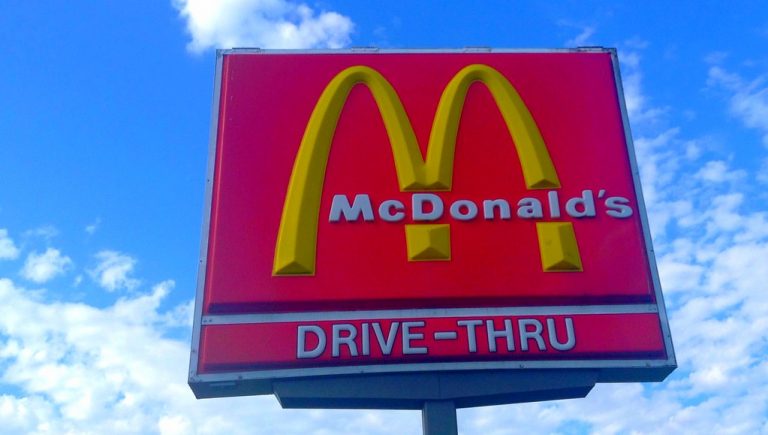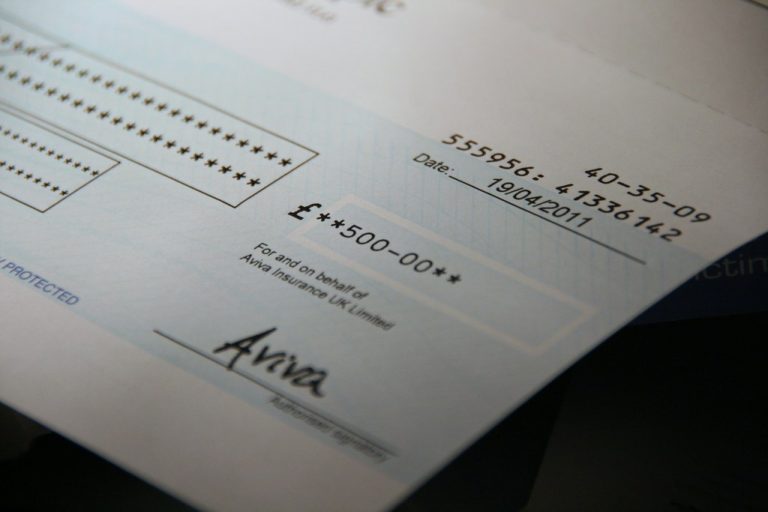When you deposit money into your bank account, the funds are usually instantly accessible for withdrawal. However, on rare occasions, the bank may need additional time to complete the deposit.
Adjustment to EF Deposit is known as a “delay” or “hold,” and it usually only lasts a few days. In the interim, your deposited cash appears on your bank statement as a “pending” transaction.
When users deposit money at an ATM, the machine makes an “adjustment” to their account. It signifies that your account balance is updated to reflect the new deposit.
Your bank statement will show the adjustment as a record of the transaction. A debit adjustment may be seen on a company owner’s or individual’s bank statement.
It’s a phrase for a sum that has been taken from a bank account’s balance. The adjustment is usually done to repair a bank mistake or to reflect a payment that has already been made.
To correctly reconcile the statement and guarantee that all transactions have been accounted for, you must first comprehend what this phrase means.
What does it signify when Wells Fargo says “The EF ATM deposit has been adjusted”?
When you use an ATM to deposit money into your Wells Fargo account, the bank may “adjust” the amount. It indicates the bank might not credit your account with the entire amount of your deposit.
The adjusted amount is the amount that the bank believes the customer actually deposited. A bank may alter an ATM deposit for a variety of reasons. One reason could be that the bank did not get the entire amount from the ATM.
When Wells Fargo states “modification to EF ATM deposit,” it means the bank processed your deposit and discovered the amount you placed was not what you intended.
This could happen if you deposited a check for more than the amount of your purchase, for example. Wells Fargo would then alter your deposit to reflect the actual amount of your purchase in this scenario.
Bank Adjustments Credit
The bank adjustment credit is a tax credit that companies may use to offset costs associated with asset revaluation. This covers the costs of appraisals, legal fees, and other revaluation-related charges.
Businesses in all sectors are eligible for the credit, and there is no limit to the amount that may be claimed. Businesses may take advantage of the credit by claiming it on their income taxes or self-employment taxes.
What exactly is credit adjustment on my bank statement?
If you see the words “debit adjustment” on your bank statement, it means that an expense has been deducted from your account. The word “adjustment” is used in accounting to indicate that the business is correcting an error or changing a number in its financial records. In other words, the word “adjustment” means that something in your accounts has been changed.
A credit adjustment may happen for a variety of reasons, such as the bank crediting your account for interest earned or a returned cheque. It’s critical to double-check your statement to verify that all inputs are right. If you discover a mistake, call your bank right away.
On a bank statement, a credit adjustment is an item that either raises or reduces an account’s balance. A credit or debit card transaction frequently results in this entry.
If you use your debit card to make a transaction, the credit adjustment will raise the amount of money in your account. Returning a product to a shop, on the other hand, will result in a credit adjustment, which will reduce the amount of money in your account.
Your bank may also use the following abbreviations:
- ADJ – Adjusting entry or adjustment
- ADP – Automatic deposit
- ACH – Automated clearinghouse (A non-profit association of financial institutions that establishes standards to facilitate electronic transactions)
- AT – ATM
- ATM and DEP are interchangeable. If your bank said, “ATM and DEP” they mean they deposited money in your account through an automated teller machine.
The reason why banks use abbreviations is to save time and space when making entries into your bank statement, or when writing on a check.
DDA deposit adjustment at ATM
When a bank client puts cash or a check into an ATM, the machine does not give them the exact amount of money placed, this is known as an ATM deposit adjustment. For example, if a consumer puts a $20 dollar in an ATM but only receives $19.85 in receipts, the customer must go inside the bank and request the.15 cents be reimbursed.
What does the term “mobile deposit adjustment” imply? | Wells Fargo
Wells Fargo clients may utilize mobile deposit adjustment to correct any mistakes they make while depositing a check using the bank’s mobile app. The service is free to use and accessible to all Wells Fargo customers. To access it, open the Wells Fargo app and click to the “mobile deposit” page. Then choose “adjustment” from the drop-down menu and follow the on-screen directions.
What is a check adjustment, and how does it work?
When a corporation or person writes a check for more money than is owing, this is known as a check adjustment. The additional sum is referred to as the adjustment. There are many reasons why a corporation must review its accounting. When they make a mistake and issue too many checks, one of the reasons is that they have made a mistake. Another explanation is when they are attempting to rectify a previous mistake.
The account from which the check is drawn is debited, and the account to which the check is due is credited, when a firm writes a check. You must change the accounts if a mistake is identified after the check has been written. For example, if a company writes a $100 check but only has $90 in its checking account, the account must be adjusted to reflect the $10 difference.
FAQs about EF Deposit Meaning and ATM deposit adjustment
What does it mean to mak e an ATM deposit adjustment?
What does EF ATM deposit adjustment imply? The adjustment refers to when the amount credited to your account differs from the amount deposited for any reason. If you have any queries concerning the cause for the modification, contact your bank’s customer care department.
What is a deposit adjustment or how does it work?
Anything labeled “adjustment” is usually indicative of anything odd, such as a returned check, a bank discovering a math problem, or a correction for a check deposit. They’ll be able to tell you exactly what occurred.
What is the meaning of the ATM deposit hold?
When you deposit checks at an ATM, the money does not immediately appear in your account. The bank will usually keep a part of the deposit if the cheque is for more than a few hundred dollars.
What is the procedure for depositing checks at an ATM?
In any case, here’s how it usually goes:
- Put your card in the slot and enter your PIN.
- Select “Deposit” from the drop-down menu.
- Choose which account you’d want the funds to be sent to (usually savings or checking).
- Insert your check and type in the amount you’re depositing.
- Verify the monetary amount shown on the screen.
Final Thoughts
On a bank statement, a debt adjustment is a procedure for correcting mistakes or discrepancies that may have happened on a prior statement. It’s a crucial step in ensuring the accuracy of your financial data.
It’s important to remember that this message is typical among Wells Fargo bank customers. Wells Fargo may have attempted to credit your account for a returned check. This is why it’s critical to double-check your account statement to ensure that all entries are accurate.
On your bank statement, Wells Fargo might make a credit adjustment to add or reduce the balance of your account.
- Does SHEIN Take Apple Pay - July 3, 2025
- Does Blaze Pizza Take Apple Pay - July 3, 2025
- Canceling Automatic Renewals At Mags.com - July 3, 2025

![What Does Adjustment to EF Deposit Mean? [Best Answer] 1 What Does Adjustment to EF Deposit Mean](https://milvestor.com/wp-content/uploads/2022/04/What-Does-Adjustment-to-EF-Deposit-Mean-scaled.jpg)


